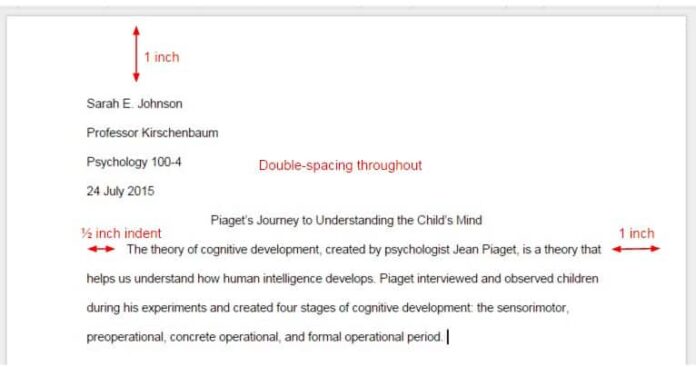Having to write something for your academic career is never easy and yet it is much more common than any of us would like it to be. During an average person’s education years, let us say from high school and well into post graduate studies, there is a plethora of writing assignments, seminar papers, and research projects.
To make matters worse, they usually appear in subjects you know or care little about and cause even more problems with curriculum you are not drawn to. These types of tasks often start as essays in high school where your critical thinking needs to be shown, only to grow larger and be worth a larger and larger chunk of the final grade.

Everyone’s Least Favorite Assignment
Nobody likes writing so much for academic purposes but it is necessary for more than one reason. It is the best way to keep the work unique and to show how the author is thinking. A lot can be concluded about a person through writing, far more than simply staying on topic and completing what is being asked of you.
It is a more efficient form of evaluation than tests or oral exams for many different subjects, particularly those where certain viewpoints and opinions need to be questioned, criticized, or analyzed. Then there are graduation papers, Master’s thesis, PhDs, and many other forms assignments where you need to sit down and write for hours on end. One thing that is unique for any such piece of academic work comes in the form of references.

Taking Care of References
Ah yes, the good old final pages of your document where you need to mention all the work you used while researching and consulting the field in an effort to complete your own paper. Sometimes a few are enough, and in special occasions you will need at least a dozen. For graduations, Master’s, and PhDs, you will probably need at least 20 different, unique references or authors. Doing this seems like an arbitrary piece of the whole writing process. However, it is anything but. Whenever you want to cite or reference something that another person has written, you need to mention them. And there is a right way to do so and a wrong way to do so.
Well, there are actually several right ways to go about it thanks to reference and citation styles, as they have come to be known. There are several popular styles, but we only deal with one in this article, the MLA style. It is certainly the top-tier choice and the most common way of referencing other people’s work, right there with APA and Chicago. In this article we tell you how to do it properly so that you waste as little time as possible while doing your important work. Many different things can be cited with this style, even TED Talks. Read on to learn more and be sure to check out TED talk in MLA for additional info.

Using MLA for References
First of all, let us deal with that elusive acronym. While everyone knows what it is used for and even how to use it properly, not a lot of people know what lies behind the three letters. MLA stands for Modern Language Association, which is an organization that focuses on literature and languages. It is a respected organization and their opinions are valued, so naturally they have one of the most used reference style today. It is literally a part of their profession. So far, there have been 8th editions and standardizations of MLA references widely and heavily used, with the 9th one still being considered new since it came in 2021.
This form of citation makes sense and it is arguably the one that is easiest to follow. Works are easy to review and it just feels right to read them written this way. MLA citation basics go as follows. First, there is the last name of the other, followed by the first name and then a full stop.
Last name, First name. “Title.” Container, Other contributors, Version, Numbers, Publisher, Publication Date, Location.
A real reference for an in-text citation would look like this:
Thomas, Holly K. Training Strategies for Improving Listeners’ Comprehension of Foreign-accented Speech. University of Colorado, Boulder, 2004.
This would be a book, the most referenced type of work, but other types of authentic works can also be referenced using MLA, like web pages, general guidelines, E-books, online articles, blogs, newspapers, even photographs, music, films, and social media. All of them have the same basic principles and the general premise of starting with the author, then citing the work in quotations, with the rest of details and the link following suit.

Conclusion and Takeaways
The MLA format (style) for references is heavily favored by many prestigious universities, schools, and publication houses. The main reason for it is easy identification of authors, works, relevant pages and sections, years, and publishers. This is important because all of these things are crucial for a reader to know should they be interested in further reading and exploring works that have influenced the creation of the one they are looking at. It also helps that they care enough to include basically any type of media, of which there are now many thanks to the internet and modern way of creating content.
Many other styles do not make as much sense as MLA and the information is all over the place. With what The Modern Language Association (of America) has been doing since the year 1977 when the first edition was published. They have been updating their rules and regulations frequently every few years, mainly in 1984, 1988, 1995, 1999, 2003, 2009, and 2016. As mentioned earlier, the current edition of the MLA Handbook from 2021 is the 9th, and is now the standard. You should get familiarized with it as soon as possible because it truly is the best option in most cases and it is here to stay. The sooner you pick it as your go-to reference style, the easier time you will have writing your assignments.









